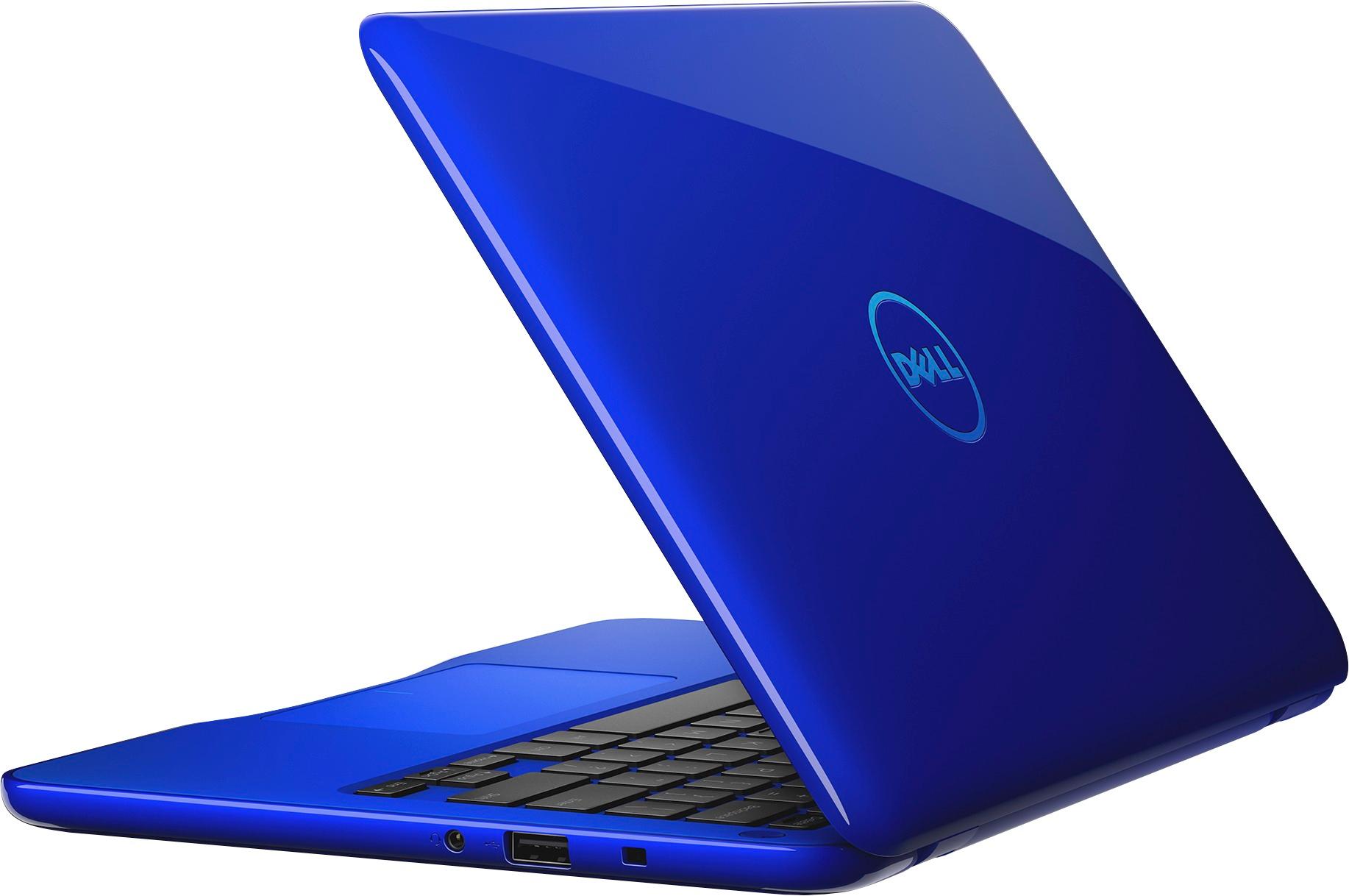THE HISTORY OF LAPTOPS TO THE CURRENT.
THE HISTORY OF LAPTOPS TO THE CURRENT.
The principal versatile PC was the IBM 5100, released in September 1975. It weighed 55-pounds, which was a lot lighter and more convenient than some other PC to date. While not really a PC by the present guidelines, it made ready for the improvement of genuinely convenient PCs, for example PCs.
1976 Alan Kay thought of the possibility of the Workstation 1976 while working at Xerox PARC, considering it the Dynabook. He built up a model of his Dynabook, which was formally named the Xerox Note Taker.
1979 Bill Moggridge structured the GRiD Compass in 1979, the most compact PC at that point and the nearest case of a PC phone. NASA utilized the GRiD Compass in their space transport program in the mid 1980s.
1981 Developed by Adam Osborne in April 1981, the Osborne I was the primary really versatile PC and is perceived as the principal genuine Workstation. It weighed 24½-pounds and had a 5" show.
1981 Epson released the Epson HX-20 of every 1981. It was the principal convenient PC with an inherent printer.
1983 Radio Shack released the TRS-80 Model 100 versatile PC in the United States in 1983. It included a LCD, one of the principal convenient PCs with that element. The TRS-80 Model 100 was initially made by Kyocera and sold in Japan, yet later the rights were offered to Radio Shack.
1984 Commodore released the Commodore SX-64 of every 1984, the main versatile PC to include a full-shading show screen. It weighed around 20-pounds and sold for $995.
1986 IBM released their first PC, the PC Convertible, in 1986. It gauged 12-pounds, making it the primary workstation under 15-pounds.
1987 The U.S. Aviation based armed forces gave a RFP (demand for proposition), prompting the acquisition of more than 200,000 workstations. The agreement for the assembling and acquisition of these PCs was granted to Zenith Data Systems. The Air Force's acquisition of such an enormous number of workstations helped make ready for the ubiquity of PCs.
1987 Hewlett-Packard released the Vectra Portable CS workstation in 1987. It was one of the principal workstations to highlight a 3 ½" floppy plate drive fit for utilizing 1.44 MB diskettes.
1988 Compaq released their first workstation phone 1988, the Compaq SLT/286. It was the principal battery-controlled workstation to highlight VGA illustrations and an inner hard drive.
1989 Apple released their first workstation, the Macintosh Portable, in September 1989. Costing $6500 at discharge, it didn't sell well and was not a famous PC.
1989 NEC released the NEC UltraLite in 1989, viewed as the principal note pad style PC, weighing under 5-pounds.
1991 After the lemon of their Macintosh Portable workstation, Apple re-worked their PC idea and released the PowerBook line of PCs in October 1991.
1992 Microsoft and Intel cooperate to create and discharge APM (propelled power the board) determination for smart phones.
1992 Olivetti created and released the main workstations highlighting a touch-pad in 1992.
1994 IBM released the ThinkPad 775CD in 1994, the principal PC to highlight a coordinated CD-ROM drive.
2002 Toshiba released the Toshiba Portege 2000 out of 2002, the thinnest PC to be created at just ¾ of an inch at the thickest part. It additionally highlighted the main 1.8-inch hard drive in a workstation.
2003 Toshiba discharges the Toshiba Protege M100 in 2003, which is the main workstation to include a thin DVD-ROM drive.
SUS released the Eee PC 701 in October 2007, which was the first netbook to be accessible. It highlighted a 7" screen, an Intel Celeron-M processor, and a 4 GB SDHC stockpiling circle.




No comments